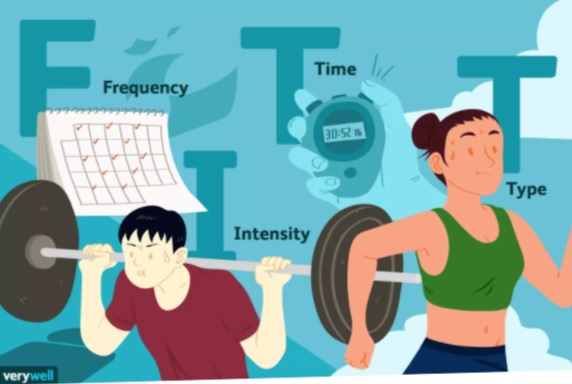One of the most confusing questions about working out is frequency, especially as folks learn how to workout outside of the gym walls.
“I want to lose weight. Should I workout for an hour every day?”
“I want to build muscle. Should I double-up on my split-routine?”
“What if I want to do both?”
Firstly, functionality and proper lengthening of the muscles and joints are key. Without proper lengthening, the body can move improperly and can lead to injury and chronic issues, especially if poor movement is loaded (i.e. you add weight).
**Schedule your movement assessment today if you don’t know where you stand. Don’t discount this; it’s not as “fun” as a workout but just as important, and in many cases, more so.**
When motivation strikes us to begin a new life change in regards to exercise and nutrition, we’re ready, eager, and chomping at the bit to get going. But how should we get going? Every day? Every other day? Twice a week?
In short: it depends on your goals.
If you’re chasing muscle gains, it is more efficient to exercise 3-4 days a week for 30-45 minutes, focusing on different and compound muscle groups each day so as to avoid over-training. Workouts ought to be intense (“intense” referring to muscle fatigue, via either higher weight and low reps or lower weight and high reps. Depending on the specifics of your muscle-building goals, there are different recommendations on rep-and-set count; ask us). For building muscle, the rest days are key. Muscle is not built during the workouts, but during the recovery, so it is important to recover before working out the same muscle group for maximum gains.
If you’re chasing weight loss (or more accurately: fat loss, then this goal can be achieved in many ways, but the most efficient would be 4-6 days a week for 30-60 minutes, focusing on full-body, compound movements and cardio/conditioning. Workouts should vary in intensity (e.g. one day high-intensity interval strength training, another day steady-state cardio via a jog or bike). Rest days are not as high of a priority here as they are with building muscle, but it is still vital to schedule one-to-two rest days, specifically if you are new to the exercise, in order to avoid over-training and exhaustion (both physically and mentally).
There are several other ways to tackle muscle gain and fat loss, but these two cover the bases regardless of the specifics of one’s goal.
Note: It is important to remember to increase overall movement for maximum results. Take advantage of the little “extra,” you get by parking at the back of the parking lot and walking a few extra steps (plus, you’ll rarely have to fight for parking). Take advantage of the benefits of taking a flight of stairs instead of an elevator (extra glute work is always a bonus!). Walk into a restaurant instead of cruising through the drive-thru (though we ought to be avoiding the restaurants that have drive-thrus in the first place). Every hour, get up from your desk and take a 1-5 minute walk. It’ll wake you up, shake off any brain-fog, and keep your blood flowing, as well as likely increase productivity, so we know the bosses will be happy!
No fitness goal, even if achieved, will be sustained without a shift of focus. Speak with a trainer, set up an exercise/training schedule, and increase your daily movement in all facets.
**The focus should be on increasing health with a benefit of improved aesthetics. Not the other way around.**




